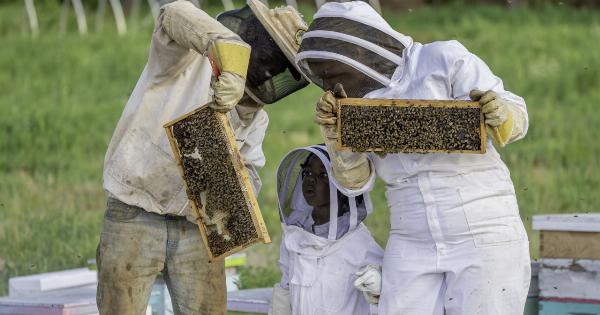Sexually transmitted diseases (STDs) are infections that are passed on from one person to another through sexual contact. These infections can be caused by bacteria, viruses, or parasites, and can have serious health consequences if left untreated.
Condoms are one of the most effective ways to protect against STDs, but they are not foolproof. In this article, we will explore the effectiveness of condoms in preventing different STDs and discuss the importance of additional protection.
Understanding Condoms
Condoms are barrier devices made of latex, polyurethane, or polyisoprene. When used correctly, they create a barrier that prevents the exchange of bodily fluids during sexual intercourse, reducing the risk of transmitting STDs.
However, it is important to note that not all condoms provide the same level of protection against all types of STDs.
Protection Against STDs
H2: Protection Against HIV/AIDS
Condoms are highly effective in preventing the transmission of the human immunodeficiency virus (HIV), which causes AIDS.
According to the Centers for Disease Control and Prevention (CDC), using condoms consistently and correctly can reduce the risk of sexual transmission of HIV by about 85%. However, it is essential to use condoms every time and follow proper usage guidelines to ensure maximum protection.
H2: Protection Against Gonorrhea and Chlamydia
Condoms provide good protection against gonorrhea and chlamydia, which are common bacterial STDs. These infections are primarily spread through vaginal, anal, or oral sex.
Proper condom use can significantly reduce the risk of transmission, but it is important to remember that these infections can also be transmitted through skin-to-skin contact in areas not covered by condoms (such as the genital regions). Regular testing and mutual monogamy can further reduce the risk of these infections.
H2: Protection Against Herpes and HPV
Herpes and human papillomavirus (HPV) are viral infections that can be transmitted through skin-to-skin contact. While using condoms can provide some protection against these infections, they do not offer complete protection.
This is because these viruses may be present in areas not covered by the condom, such as the scrotum, buttocks, or upper thighs. Additionally, oral herpes and HPV can be transmitted through oral sex, where condoms are not typically used. Vaccines are available for certain strains of HPV, which can provide added protection.
H2: Protection Against Syphilis
Syphilis is a bacterial infection that can be transmitted through sexual contact. Condoms can greatly reduce the risk of syphilis when used properly. However, the sores or skin rashes associated with syphilis can occur in areas not covered by condoms.
Therefore, regular testing and safe sexual practices with a mutually monogamous partner are important for preventing syphilis.
H2: Protection Against Trichomoniasis
Trichomoniasis is a common sexually transmitted infection caused by a parasite. Condoms can help in reducing the risk of transmission, but they may not provide complete protection.
As with other STDs, regular testing and practicing safe sex with a partner who has tested negative for trichomoniasis are recommended.
Additional Measures for Protection
While condoms are an important tool in preventing the spread of STDs, they are not the only method of protection. It is essential to combine condom use with other preventive measures to reduce the risk of infection. These measures include:.
- Getting vaccinated for preventable STDs like HPV and hepatitis B
- Undergoing regular STD testing and encouraging partners to do the same
- Practicing mutual monogamy with a partner who has tested negative for STDs
- Using dental dams or condoms during oral sex to reduce the risk of oral STDs
- Avoiding the use of alcohol and drugs, as they can impair judgment and lead to risky sexual behavior
Conclusion
While condoms are highly effective in reducing the risk of certain STDs, they do not provide 100% protection against all infections.
It is crucial to use condoms consistently and correctly, but also to combine their use with other preventive measures, such as regular testing and vaccination. Open communication with sexual partners and informed decision-making can help individuals make choices that prioritize their sexual health and reduce the risk of STD transmission.






























